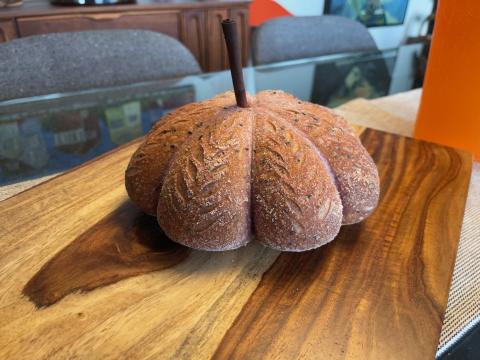Hi! I’m new here but have been browsing the forums for about a week now. I’m currently in the process of baking a batard for the first time in a clay pot. It’s a Schlemmertopf, glazed bottom. I came here looking for answers on how the heck to use this thing. No one, and I mean no one has agreed on or used there’s the same. It’s rather frustrating as my batard is on its final rise. There just doesn’t seem to be a concrete answer.
I soak, I don’t , skip the soak, put it in a cold oven, preheat the oven, don’t drop cold dough in it, be careful of water on hot pot, soak lid but don’t soak bottom, soak bottom but don’t soak lid, soak both, turn upside down to cook in it, soak 10 minutes, soak thirty, let preheat in oven on low adjust to baking temperature after 15 minutes. Good grief!
I feel more confused than ever. I don’t even want to cook in it at this point. Why isn’t there just “a way” that works, that doesn’t crack the pot, that everyone agrees on?
I understand different techniques produce different results but this is just too much for my brain at the moment. At this point I plan to do the soak, preheat the oven with both soaked lid and top inside the oven so it gradually reaches temperature and doesn’t get shocked. I prefer (hand burns and all) to drop my (by way of parchment paper) room temperature dough into a preheated pot then put the lid on and cook the bread for about 30 minutes and check it, maybe cook more with lid off. I feel like I’ve gone mad reading all the different techniques to the point of not knowing what to do.

















